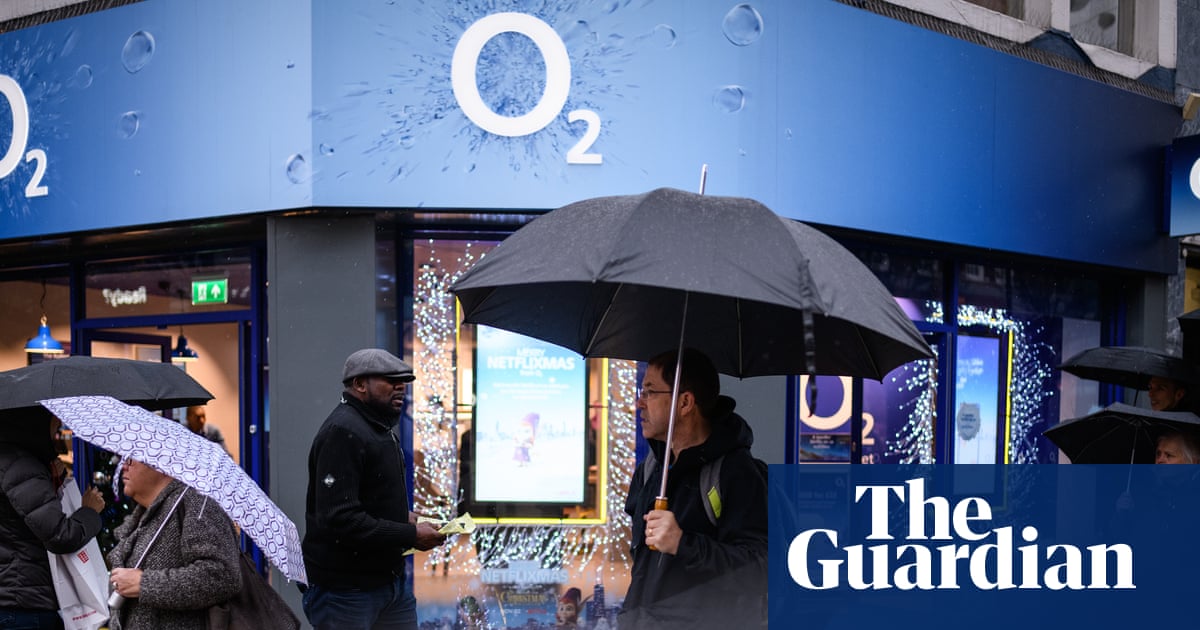The UK telecoms regulator has criticised O2 for raising prices for millions of mobile phone customers by more than they were originally told.
In an unusual intervention, Ofcom said it was “disappointed” by the phone network’s decision, which “goes against the spirit of our rules”.
Up to 15 million O2 customers will see their monthly bills rise by more than they were told when they signed up to their contracts, after the company announced an additional 70p per month increase to its annual price rises from April 2026.
The originally stated £1.80 monthly rise will now be almost 40% higher at £2.50 a month, taking the annual increase from £21.60 to £30.
The move comes months after Ofcom brought in rules that mean telecoms firms must tell people upfront – in “pounds and pence” – about any future price rises. At the time it said the rules, which took effect in January, meant there would be “no nasty surprises” for consumers.
The rules forced telecoms firms to set out clear details of any expected rises throughout the duration of their deals.
It came after a 2023 Guardian investigation exposed “greedflation” in the telecoms sector, with millions of people facing mid-contract rises in monthly payments of up to 17.3%.
Earlier this week, Martin Lewis, the founder of MoneySavingExpert.com, said the move by O2 “feels to me a bit like it makes a mockery of Ofcom’s new ‘pounds and pence’ consumer protection regime”.
He added: “The worry is, now O2 has opened the door to this behaviour, other mobile firms will feel less worried about following suit.”
Ofcom said it wanted customers to have certainty about their monthly mobile bills so they could plan their household budgets, which was why it had banned unpredictable price rises linked to inflation and instead required firms to tell customers upfront in pounds and pence about any increases in their contract.
It said: “We are disappointed by O2’s decision. This goes against the spirit of our rules, which are designed to ensure greater certainty and transparency for customers when they sign up.”
after newsletter promotion
Ofcom said it had written to the major mobile phone companies to “remind them of their obligations to treat customers fairly”, and added that customers who wanted to avoid these price rises could exercise their right to exit the contract without penalty and sign up to a new deal. It has offered tips on its website on how to do this.
Lewis said that while all affected mobile customers could leave penalty-free, “we know few will – most will likely just have to suck up a rise that was more than they were told when they signed up”.
O2 has been approached for comment. It told BBC News that it had not gone against the regulations and that Ofcom’s rules “do not prevent companies from increasing annual price changes – for example, to invest in improving networks”.
The company said it spent £700m a year on improving infrastructure, and that customers could leave their contracts without a penalty.
